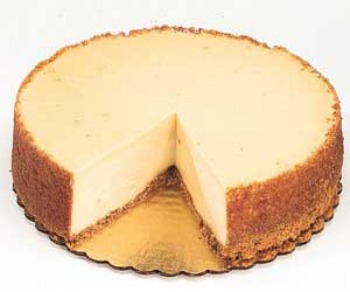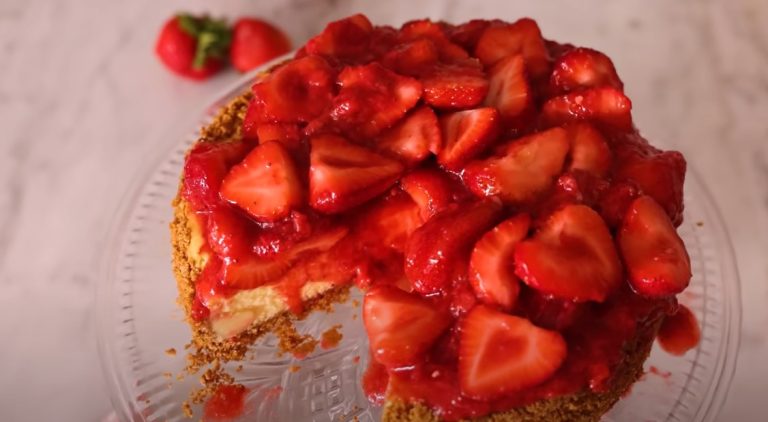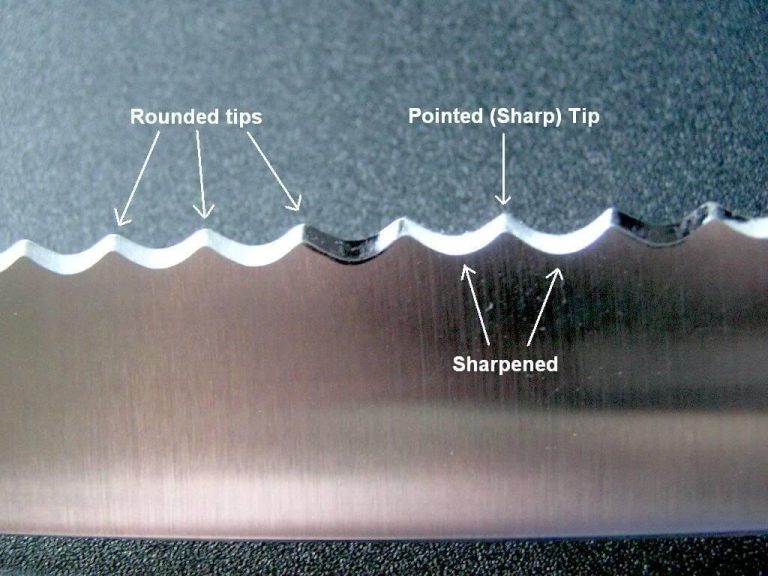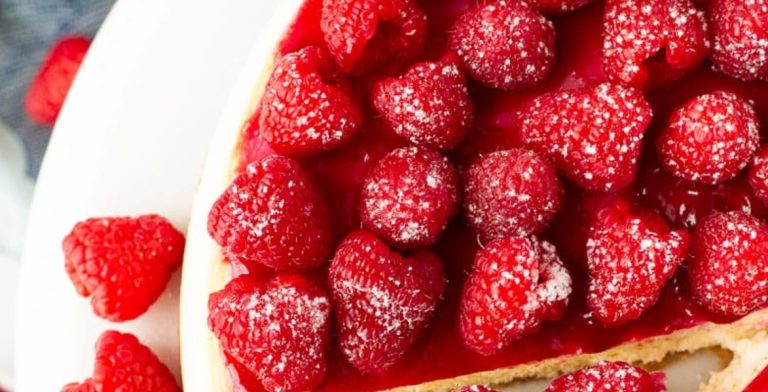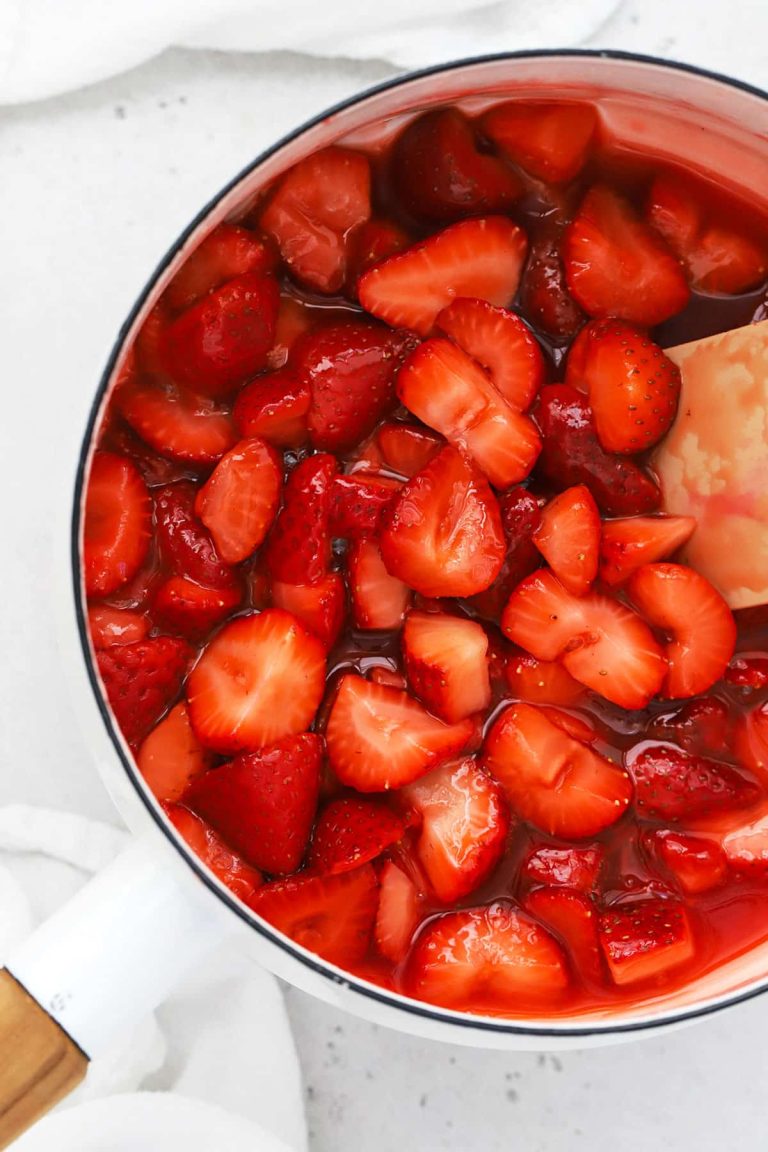Why is Cheesecake Called Cheesecake? Uncover the Mystery
Why is cheesecake called cheesecake? Cheesecake is called cheesecake because its main ingredient is soft cheese, typically cream cheese, blended with sugar and eggs on a crust, usually made of crushed biscuits. Despite the name, it’s more of a creamy dessert pie than a traditional cake, but the term “cake” reflects its rich, dense texture.
If you’ve ever found yourself pondering the history and evolution of this beloved treat, you’re in the right place. Prepare to uncover the origins of cheesecake, and discover why it has captivated dessert lovers for centuries. As you read on, you’ll unravel the mystery behind its name and learn how it has made its way into hearts and menus around the globe.
Get ready to satisfy your curiosity and your taste buds!

Credit: www.jonathanlordcheesecake.com
Why is Cheesecake Called Cheesecake?
Origins Of Cheesecake
Cheesecake gets its name from the key ingredient, cheese, used in its creamy filling. Ancient Greeks first crafted this delightful dessert using cheese, flour, and honey, giving it its classic name. The name stuck through the ages, despite variations in ingredients and preparation methods.
The origins of cheesecake are as rich and layered as the dessert itself. This delightful treat, often savored for its creamy texture and sweet flavor, has a history that dates back thousands of years. Understanding where cheesecake came from not only adds depth to your appreciation but also enriches your dining experience.
Ancient Beginnings
Cheesecake traces its roots to ancient Greece. It is believed that the Greeks served it to athletes during the first Olympic Games in 776 B.C. Imagine standing among the crowd, cheering for your favorite athlete, while enjoying a slice of this ancient delicacy.
Recipes dating back to this era were made using simple ingredients like flour, wheat, honey, and cheese. These early versions may not resemble the creamy cheesecakes we love today, but they set the foundation for centuries of evolution.
Roman Influence
The Romans further refined the concept of cheesecake. They spread the idea across Europe with their conquests. Roman soldiers carried recipes for “libum,” a type of cheesecake, as they traveled.
This sharing of culinary knowledge allowed cheesecake to evolve with different cultural influences, incorporating various flavors and techniques. The Romans used eggs and ricotta cheese, creating a denser and richer texture.
Medieval Innovations
During the medieval period, cheesecake began to resemble the dessert we know today. The introduction of sugar as a staple ingredient transformed its flavor profile. Sugar added sweetness, making it a luxurious treat reserved for the elite.
As trade routes expanded, spices like cinnamon and nutmeg became popular additions, elevating cheesecake’s status to a sought-after delicacy. You can picture a medieval feast, with guests eagerly anticipating a slice of this exotic dessert.
Modern Cheesecake Evolution
The cheesecake as we know it today took shape in the 18th century. With the advent of cream cheese in the United States, the dessert became creamier and more indulgent. New York-style cheesecake, known for its smooth texture and rich flavor, emerged during this period.
In today’s world, cheesecake is a global phenomenon with countless variations. From Japanese cotton cheesecakes to Italian ricotta versions, each culture adds its unique twist. This makes you wonder: what new flavors will the next generation of chefs create?
Understanding the origins of cheesecake not only enhances your appreciation but also invites you to explore its diverse flavors. Next time you indulge in a slice, reflect on its storied past and the myriad of influences that have shaped it into the beloved dessert it is today.

Credit: www.cheesecake.com
Ingredients And Composition
Cheesecake—just the name itself can make your taste buds tingle. But have you ever wondered why this delicious dessert is called a “cake”? You might be surprised to learn that its name is rooted in its ingredients and composition. Unlike typical cakes, cheesecakes have a unique blend of elements that set them apart, yet somehow still keep them in the cake family. Let’s delve into the fascinating world of cheesecake and discover why its name fits its delicious nature.
Ingredients: The Creamy Foundation
The star ingredient in any cheesecake is undoubtedly cream cheese. This soft, smooth cheese provides the rich texture and tangy flavor that we all love. When blended with sugar, eggs, and vanilla, it transforms into the creamy filling that defines cheesecake.
Ever tried making cheesecake at home? You’ll notice how easy it is to whip these ingredients into a silky batter. The simplicity of these ingredients belies the complexity of flavor that emerges from the oven.
Composition: The Perfect Marriage Of Layers
Cheesecakes are built like a masterpiece. The base is often a crumbly crust made from crushed graham crackers or cookies, providing a crunchy contrast to the smooth filling. This layer is essential in holding the cheesecake together.
Above the crust lies the creamy filling, which takes center stage in both flavor and texture. It’s this layer that prompts many to call it a ‘cake’, despite its custard-like nature.
Why Call It A Cake?
So, why do we call it a cake? It comes down to the method and the form. Cheesecakes are baked in a round pan, similar to traditional cakes. They are sliced into wedges, just like any cake at a celebration.
Yet, their composition challenges the typical cake definition. Are cheesecakes really cakes, or more of a pie? It’s a question that intrigues dessert lovers and sparks lively debates over the dinner table.
Engage With Your Taste Buds
Next time you bite into a cheesecake, think about its name. Does it taste more like a cake or a pie to you? Share your thoughts with friends or family and see where the conversation leads.
Cheesecake is more than just dessert; it’s a delightful puzzle for your palate. Understanding its name adds another layer to your culinary experience. What does your cheesecake say to you?
Cultural Influences On Naming
Cultural roots shape how we name foods, reflecting history and tradition. Cheesecake, despite its name, isn’t like traditional cakes. The name comes from its rich cheese content, giving it a unique identity in desserts. Understanding these influences offers a glimpse into culinary evolution.
Cultural influences have a profound impact on the names of foods, and cheesecake is no exception. The journey of how cheesecake got its name is not just about ingredients or recipes. It’s a fascinating tale of cultural exchanges and adaptations that reflect the diversity of the societies that embraced this dessert. Whether you’re a culinary enthusiast or just someone with a sweet tooth, understanding these cultural influences might change how you see this popular dessert.
Cheesecake’s European Roots
Cheesecake as we know it today has deep roots in European culture. The ancient Greeks were among the first to create a version of this dessert, which was later adopted by the Romans. Their version evolved as it traveled across Europe, with each region adding its unique twist.
Imagine enjoying a slice of cheesecake in an Italian café. You might notice the subtle hints of ricotta, a traditional cheese used in Italian versions. This regional adaptation is an example of how local ingredients shape the name and flavor of this beloved dessert.
American Influence
The cheesecake we often think of today, especially in the United States, has its own story. When European immigrants brought their recipes to America, they found cream cheese was more readily available than the traditional European cheeses. This led to the classic New York-style cheesecake.
Have you ever tried making cheesecake with cream cheese? This adaptation not only altered the taste but also solidified the name ‘cheesecake’ as we know it. It’s a testament to how cultural shifts can influence naming conventions and culinary practices.
Global Interpretations
Cheesecake’s name and recipe continue to evolve globally. In Japan, for instance, a lighter, fluffier version known as “soufflé cheesecake” is popular. This reflects Japan’s penchant for delicate textures and flavors.
Consider trying this Japanese version at home. You might find it refreshing and different from the dense cheesecakes you’re used to. The diverse interpretations of cheesecake around the world highlight how cultural tastes influence not just the recipe but also the perception of what a ‘cheesecake’ is.
The Role Of Language
Language plays a critical role in naming foods, and cheesecake is no exception. The term ‘cheesecake’ combines “cheese” with “cake,” which might seem straightforward, but it’s a reflection of how language simplifies complex cultural adaptations.
Have you ever thought about how language shapes your understanding of food? The name ‘cheesecake’ succinctly captures the essence of the dish, yet its simplicity belies the complex cultural history behind it. This duality is a fascinating aspect of how food names evolve.
Understanding the cultural influences on the naming of cheesecake adds depth to every bite. Next time you enjoy a slice, think about the rich tapestry of history and culture that contributed to its name. What’s your favorite version of cheesecake, and how do you think its name reflects its cultural journey?
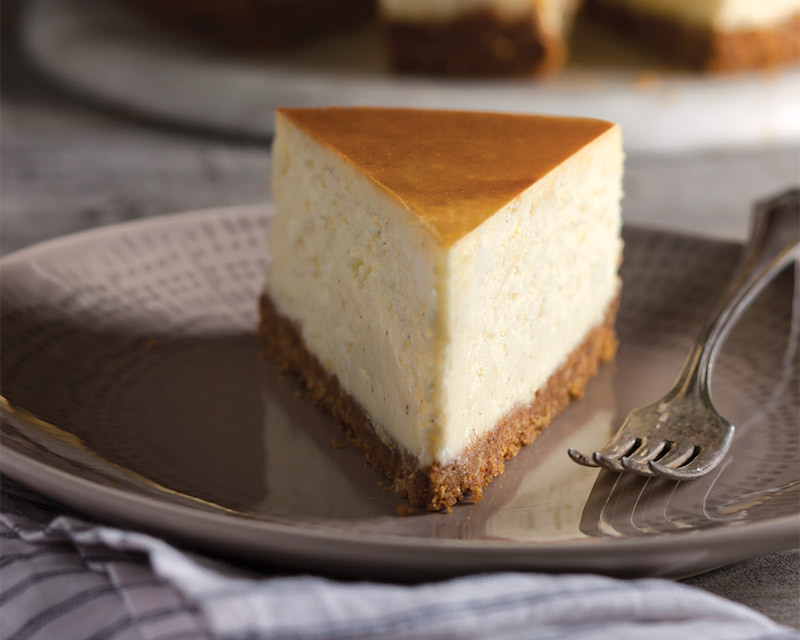
Credit: bakefromscratch.com
Modern Interpretations And Variations
Modern interpretations of cheesecake offer delightful twists on the classic dessert. With diverse flavors and ingredients, today’s cheesecakes cater to every palate. Creative minds have transformed this beloved dish into a canvas for culinary expression.
Traditional Meets Trendy
Cheesecakes now blend traditional recipes with modern trends. Vegan cheesecakes use plant-based ingredients, offering a guilt-free treat. Gluten-free versions cater to those with dietary restrictions, without sacrificing taste. These adaptations keep the essence while embracing new lifestyles.
Global Flavors Infusion
Cheesecake has traveled the globe, absorbing diverse flavors. Matcha from Japan adds a unique green hue and earthy flavor. Mexican-inspired cheesecakes feature cinnamon and chocolate, creating a rich, spicy profile. Each cultural twist adds depth and charm.
Mini And Bite-sized Delights
Mini cheesecakes offer convenience and portion control. These bite-sized treats suit parties and gatherings, providing variety. With endless topping options, each mini cheesecake becomes a personalized delight.
Artistic Presentations
Cheesecake presentations have become an art form. Swirls, layers, and colorful toppings enhance visual appeal. Some designs resemble intricate works of art, showcasing the baker’s creativity. These masterpieces make any occasion special.
Fusion With Other Desserts
Cheesecake fusions bring together favorite desserts. Brownie-bottom cheesecakes combine rich chocolate with creamy filling. Cheesecake-stuffed cupcakes offer a surprise center, delighting taste buds. These hybrids create exciting new experiences.
Frequently Asked Questions
Why Is Cheesecake Called Cheesecake?
Cheesecake gets its name because it contains cheese. The cake-like texture adds to the naming.
Is Cheesecake Really A Cake?
No, cheesecake is not a traditional cake. It is more like a custard pie.
What Kind Of Cheese Is In Cheesecake?
Cheesecake typically uses cream cheese. Sometimes ricotta or mascarpone is used for different textures.
Conclusion
Cheesecake’s name sparks curiosity and delights taste buds worldwide. This dessert combines creamy cheese with a sweet base, creating a unique flavor. The name reflects its key ingredient, cheese, and its cake-like appearance. Its rich history spans cultures, adding depth to its name.
Simple ingredients come together for a dessert loved by many. Whether baked or chilled, cheesecake remains a favorite treat. Enjoying cheesecake is a joy shared across generations. Next time you savor a slice, remember its name tells a tasty story.
Cheesecake, a timeless dessert, continues to bring smiles to all.
Related Recipes

